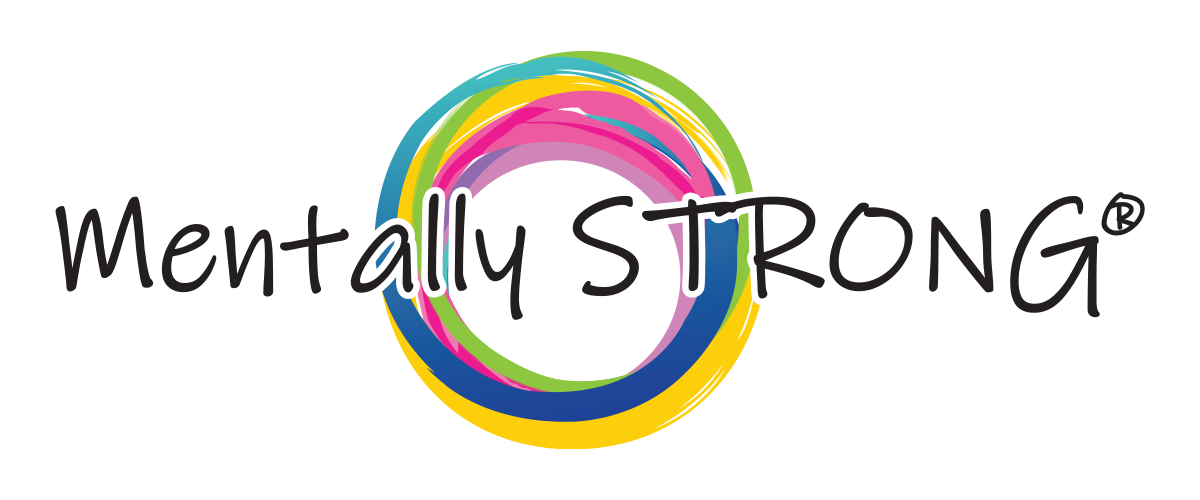Part of the Mentally STRONG Methodology is choice, one of the central tenets behind being Mentally STRONG – we have the freedom to choose health, happiness, and peace. Based on cognitive-behavioral therapy, the Mentally STRONG Method begins with identifying and organizing your thoughts, feelings, and behaviors and then using that information to make different – and hopefully healthier – decisions.
The Ups and Downs of Life
Life is full of ups and downs – that is perfectly normal, and not being happy every day is perfectly normal. Knowing why we are or are not happy is helpful, though – allowing us to understand and process our emotions instead of getting stuck in them and ruminating. That is the key to the Mentally STRONG Method – taking the time to understand ourselves and our feelings and act beyond them.
Amid our unhappiness, sometimes all we can do is “fake it until we make it.” We have to function – to go to work or school, and it may be easier or more professional to act happy. To truly be happy, we must understand ourselves and what causes an emotional reaction.
Practicing Gratitude
Everyone has troubles – beyond listing those, a good exercise is to list what we are grateful for in our lives. This practice shifts our focus and can help us see our life’s healthy patterns, allowing us to build upon those. Deep in the heart of depression, though, this can be difficult. It is crucial, then, to practice letting go of some things we cannot control and shift our focus to those tasks we have power over.
Controlled Grief
Processing loss is the act of grieving. Grief can be any type of loss, including the loss of a loved one, a pet, a friendship, a job, etc. A term coined here is the concept of “controlled grief,” where you set time aside to feel and process the emotions associated with loss. This gives you time to process your feelings while still allowing you to be productive in your daily life. By scheduling grief, you can expect that the frequency and intensity of your emotions associated with loss will lessen over time.
Positive Thinking
While working towards true happiness is a process, it does not include lying to ourselves or simply turning everything into a positive. It is about improving the negative thoughts that make us unhappy and choosing thoughts that help our mood instead. For instance, a client believes she is unattractive, making her unhappy. But instead of focusing on the negatives, focus on the positives and the things that make you happy or satisfied. For example, saying something like – “I have beautiful eyes” may be true and can elevate her mood.
Friends, Family, and Allies
Another key to happiness is having allies – close friends or family that we can confide in when we aren’t happy. It is important to have honesty in our lives, which sometimes includes sharing our negative thoughts and feelings with a trusted confidante. They can help us define what we should let go and make peace with, what we have control over, and how to tackle our problems. These relationships allow us to be authentic with our thoughts and feelings, giving us a safe space to feel happiness, sadness, and everything in between.
Happiness is a Choice
Happiness becomes a choice – and can be found amidst and despite our problems. We can learn to identify and organize our issues and feelings and work towards a balance. Being bogged down with responsibilities during the week can lead to you choosing to practice self-care during the weekend, taking a trip, or enjoying a hobby. Including those things in your life by choosing what makes you happy will not eliminate sadness or grief, but it can provide hope and the energy to deal with whatever life throws at you, to make you Mentally STRONG.

